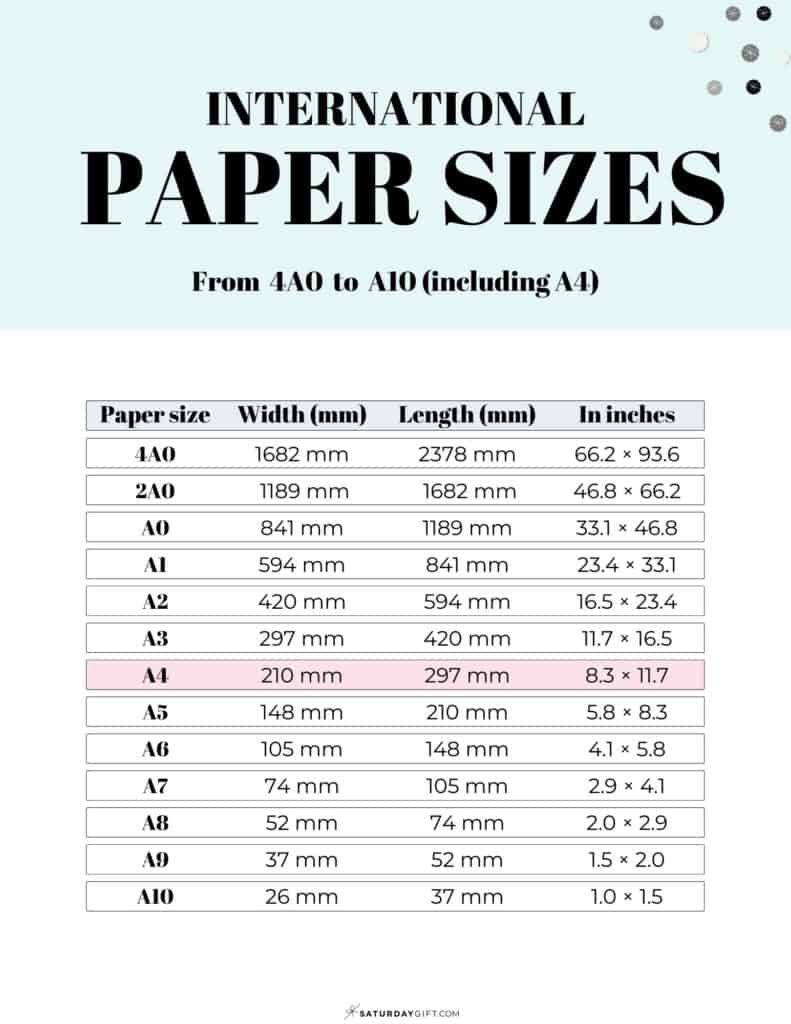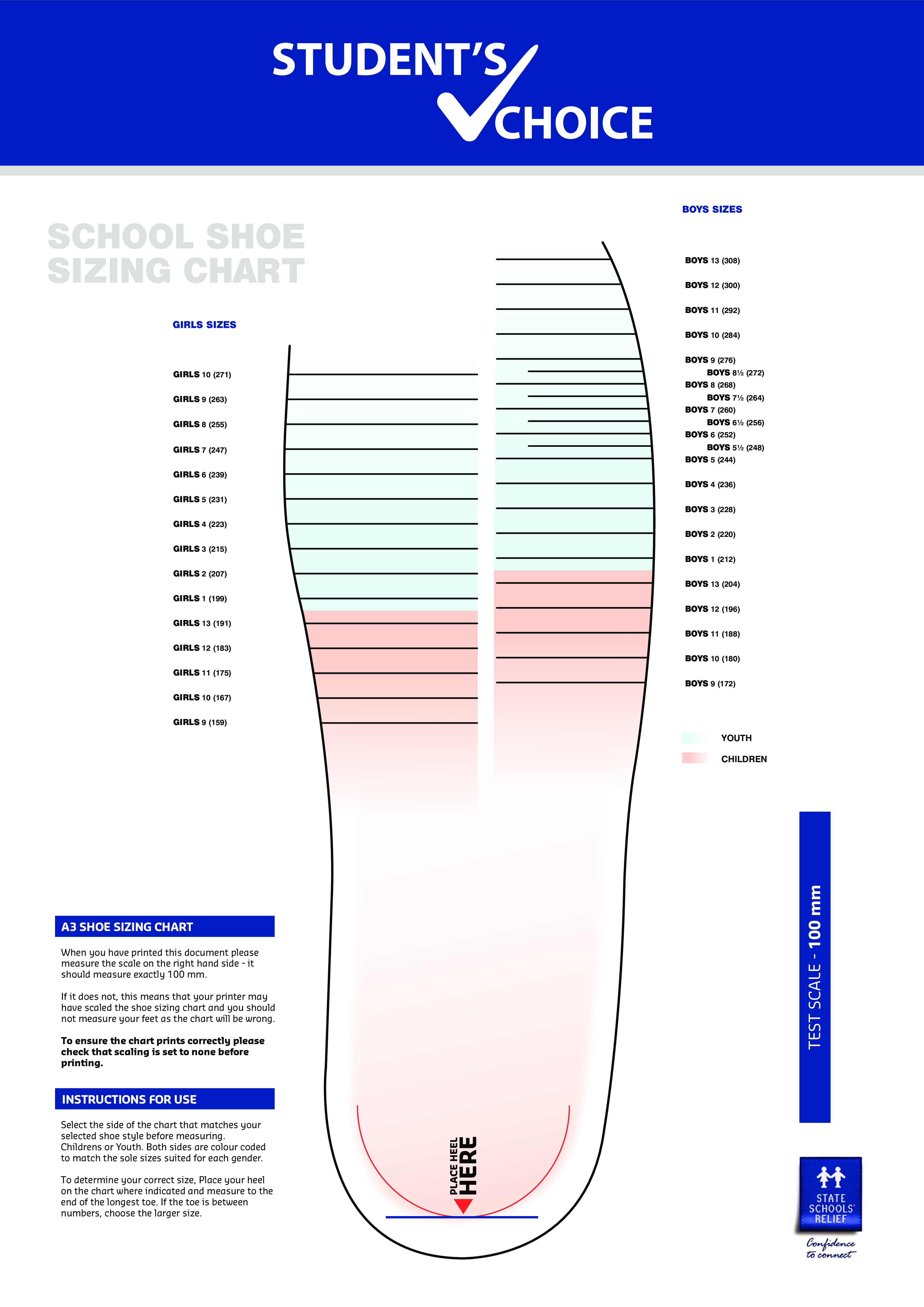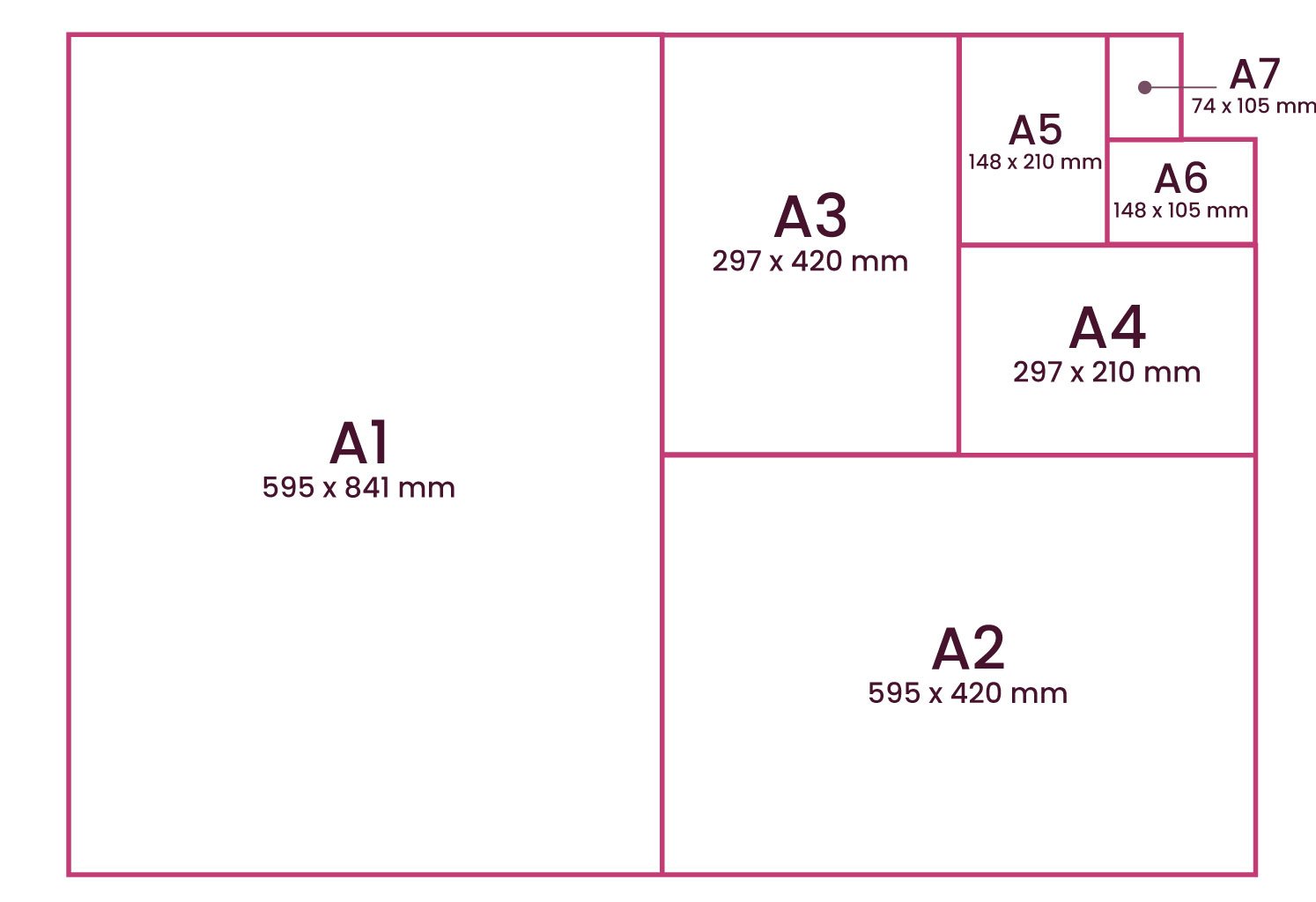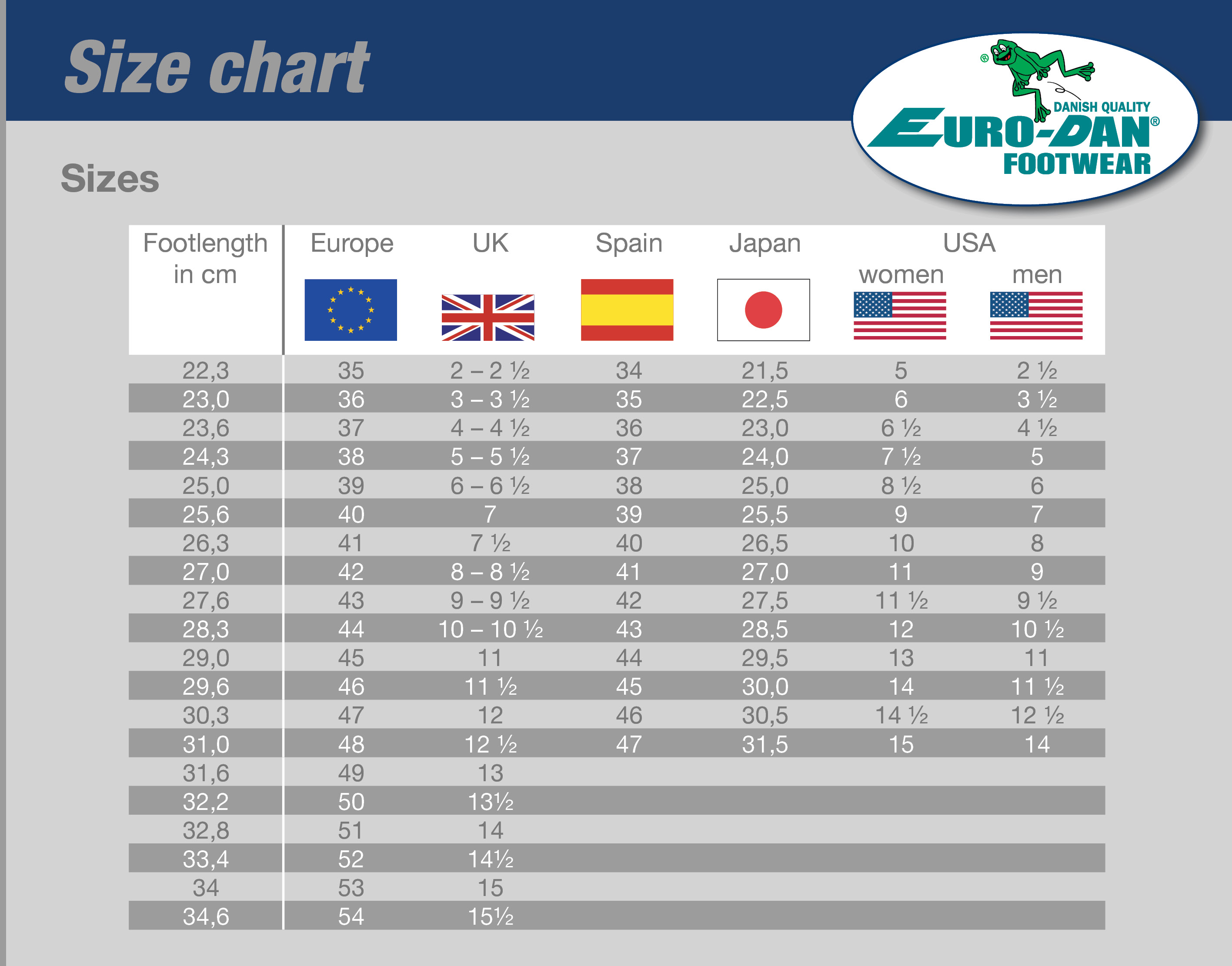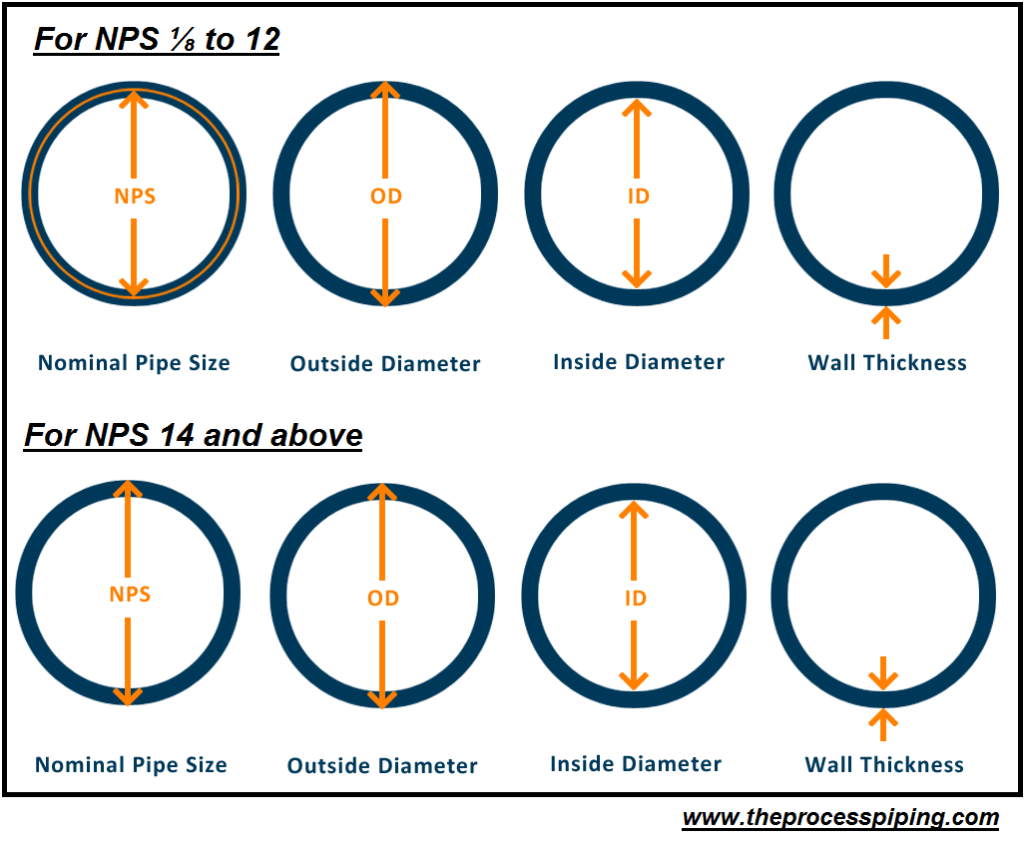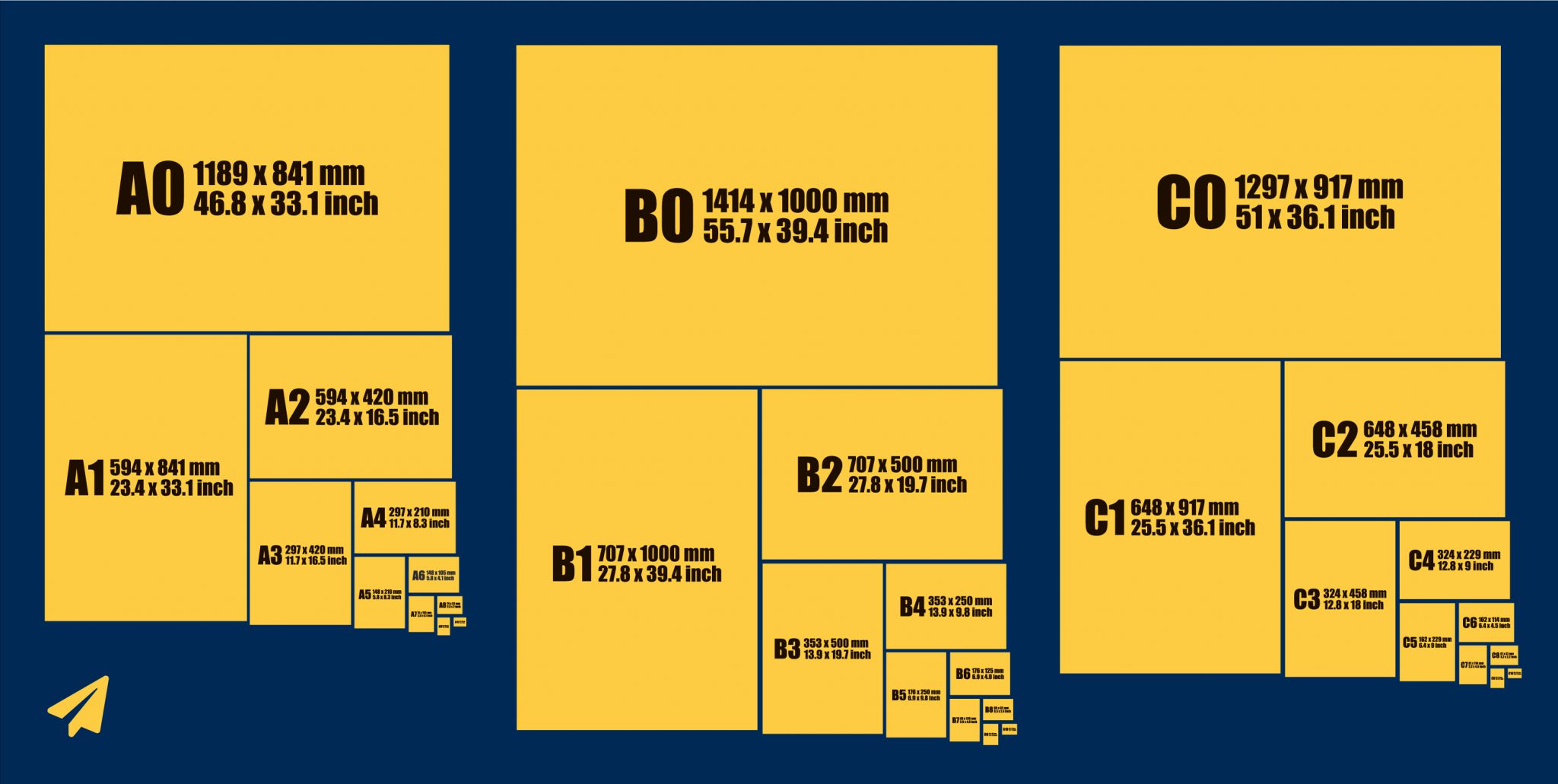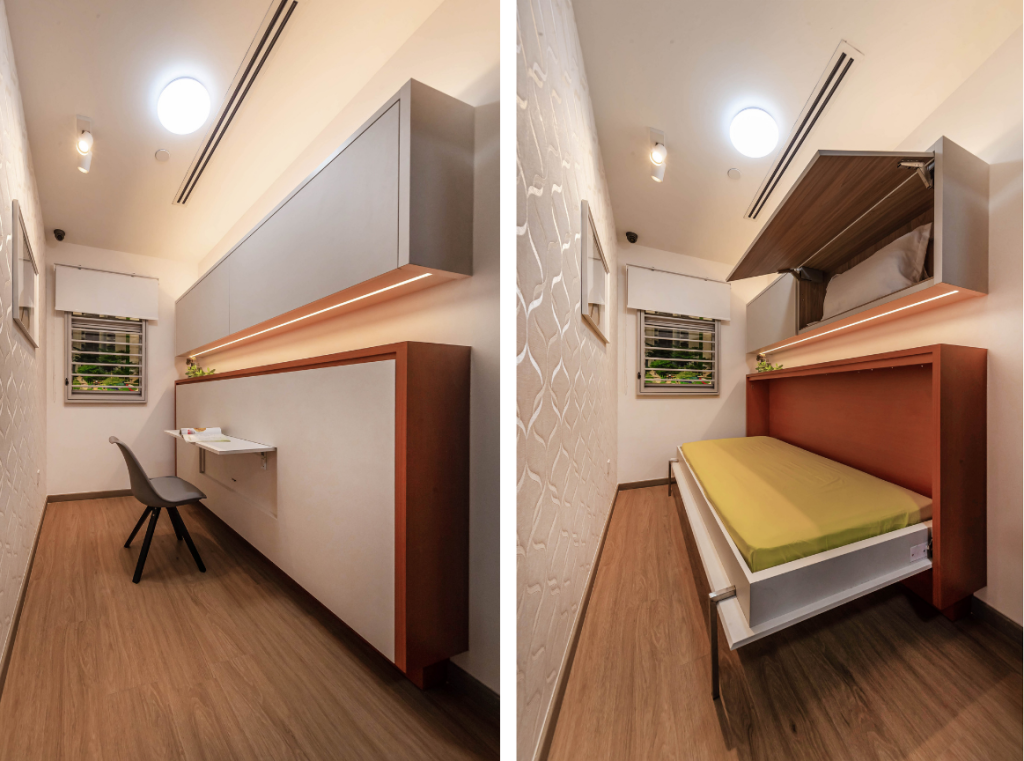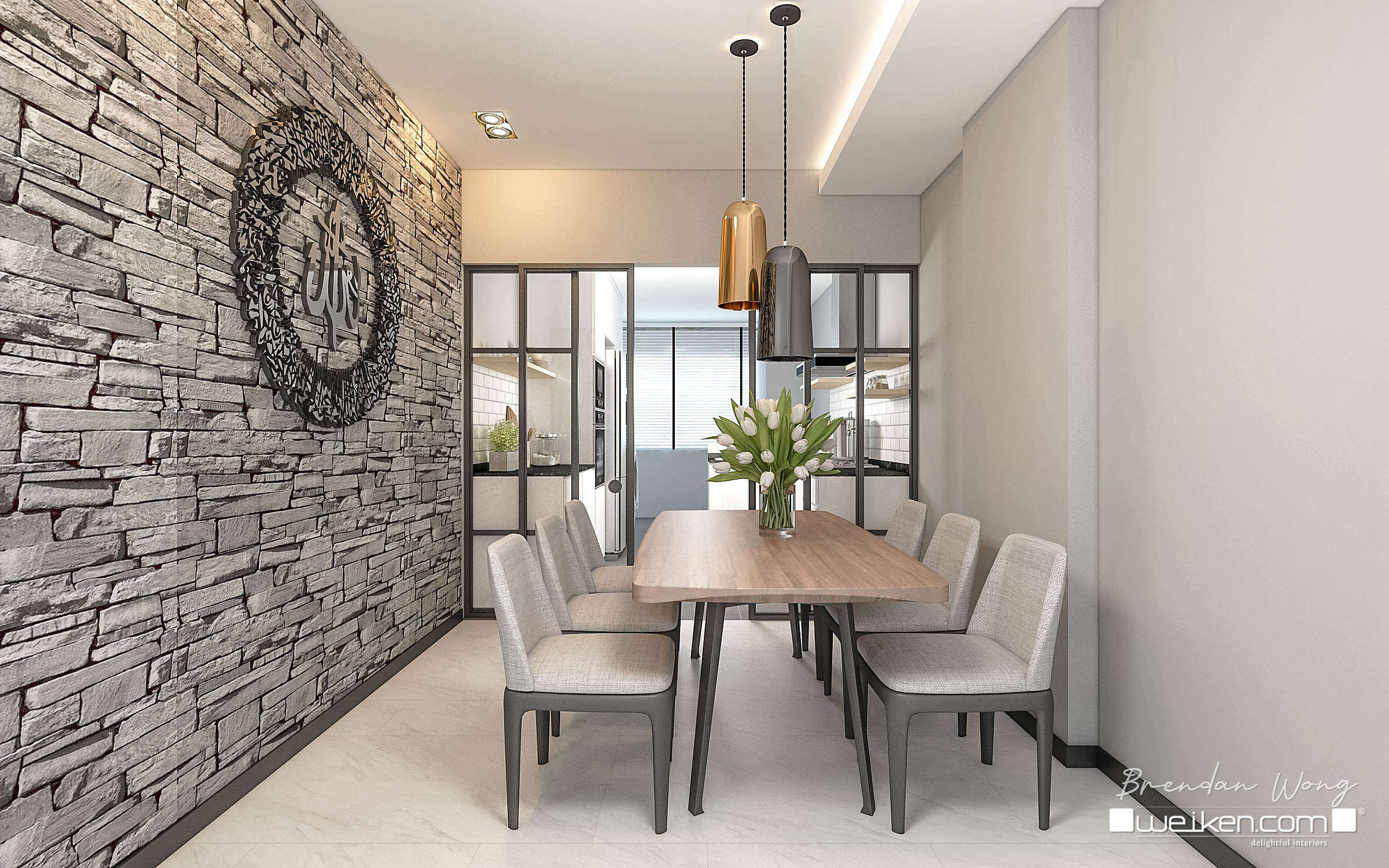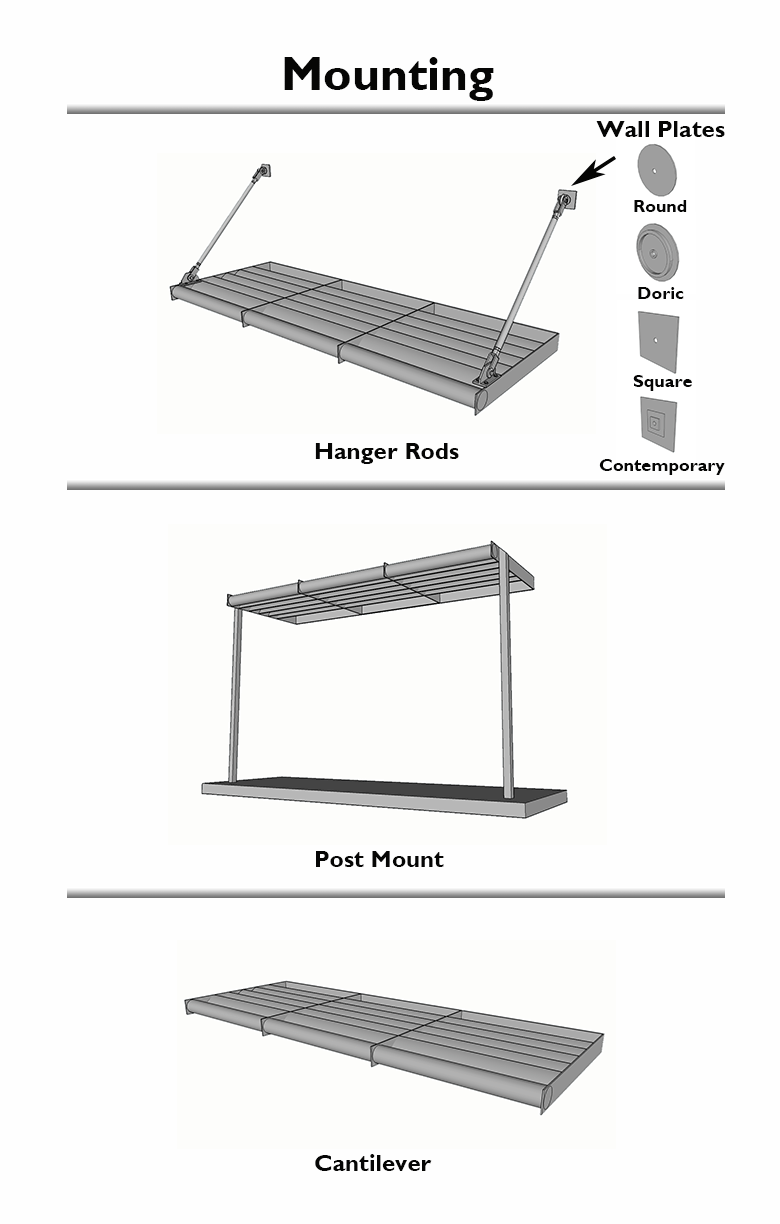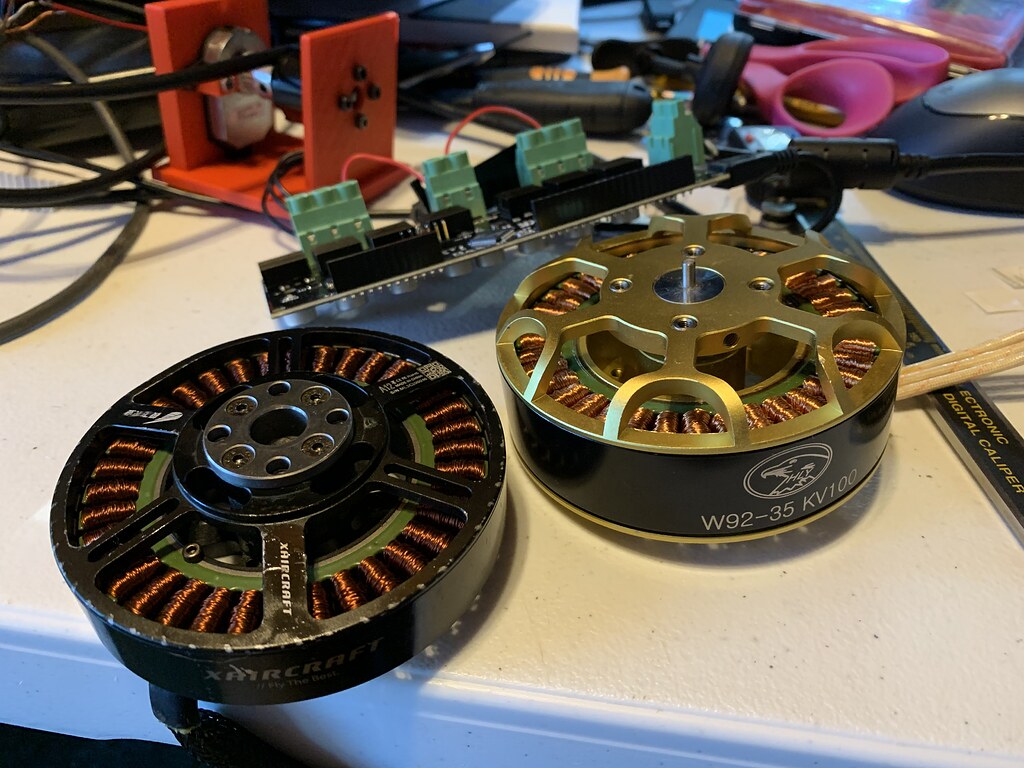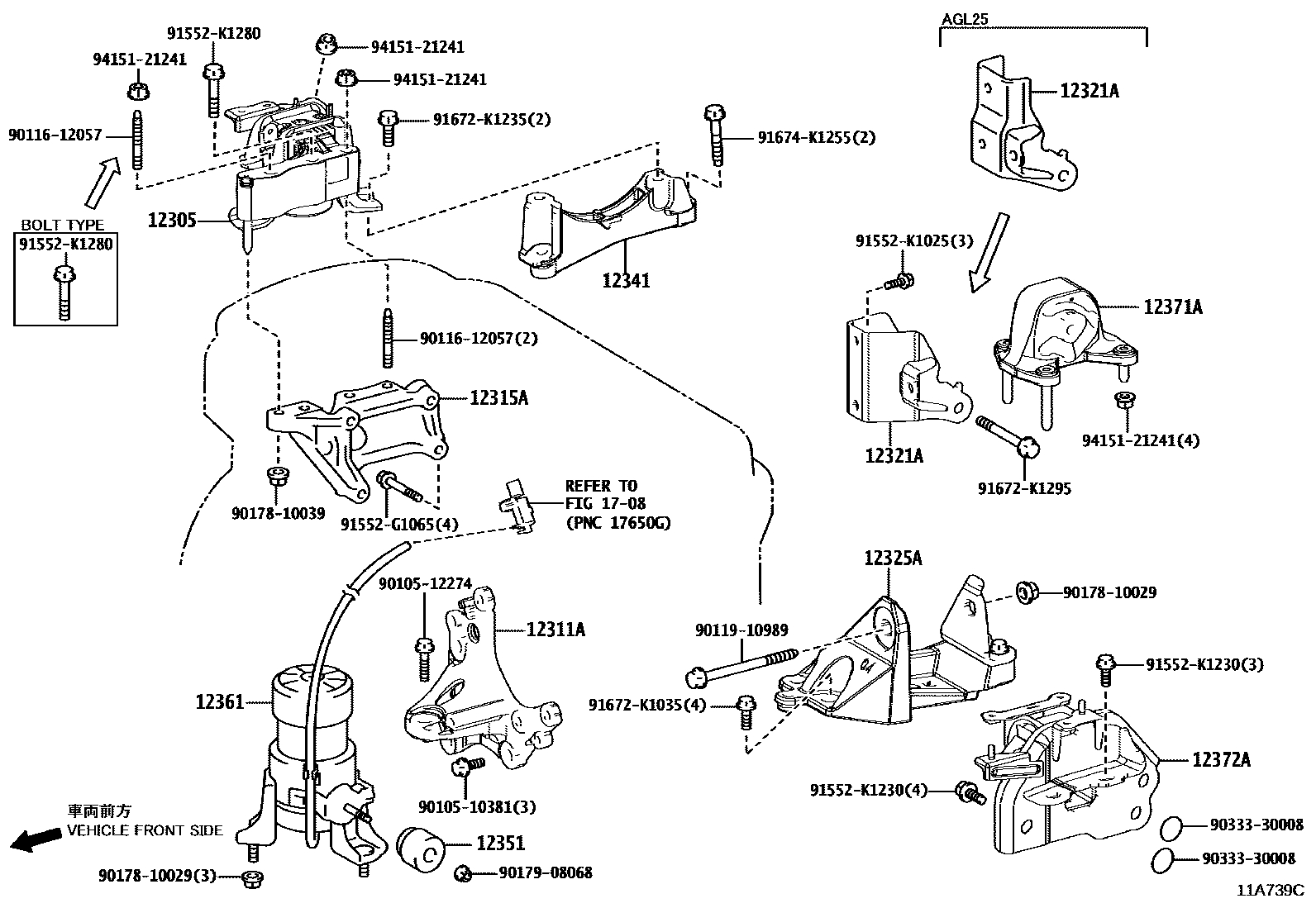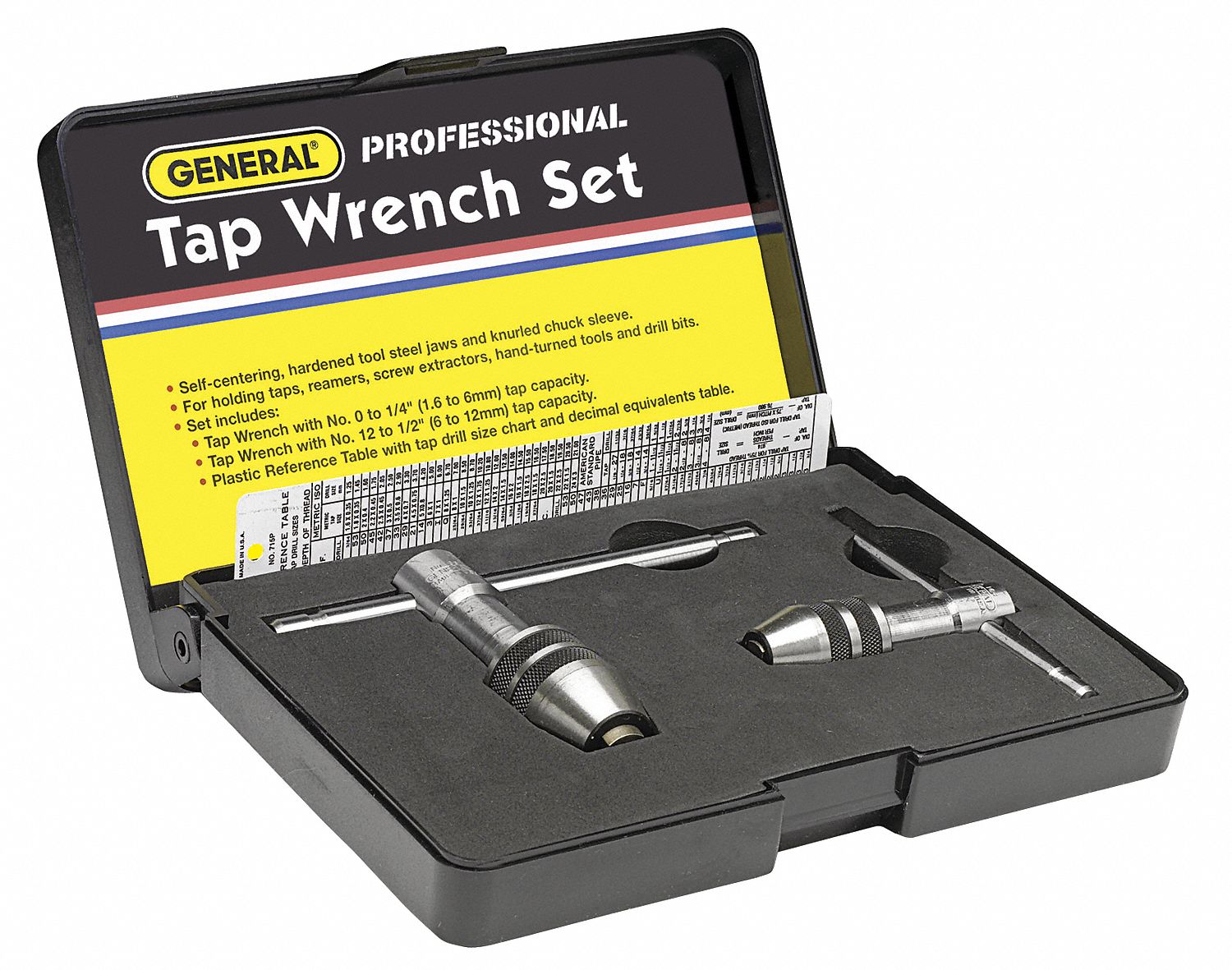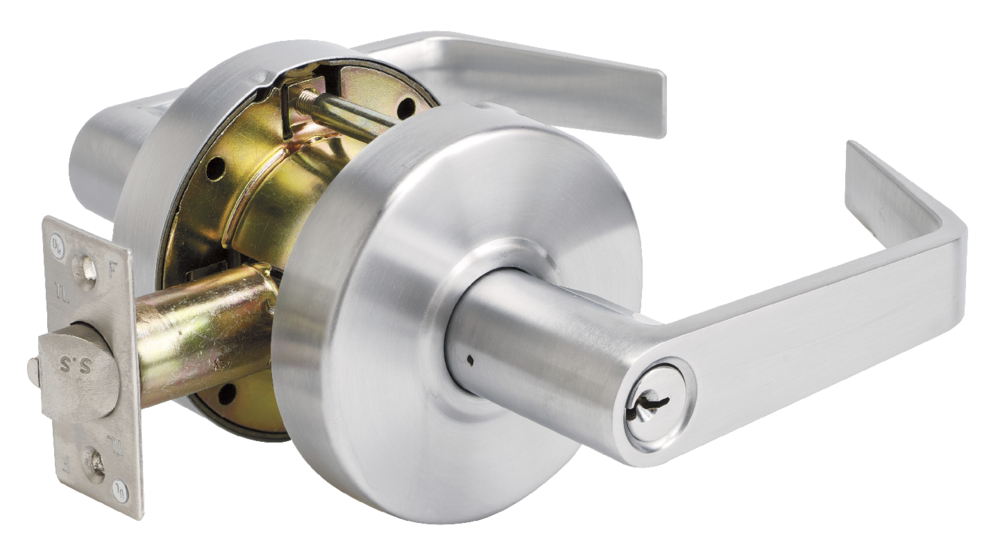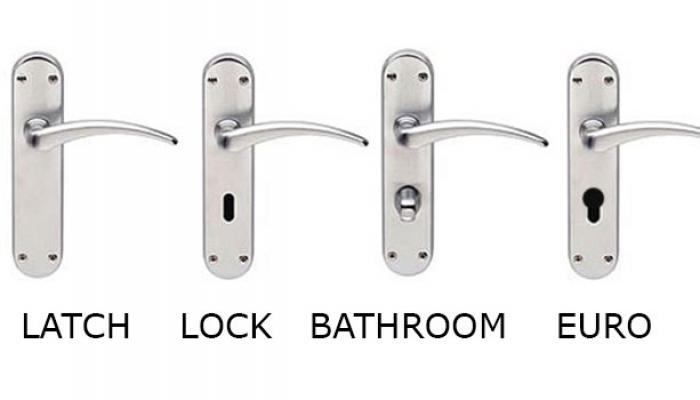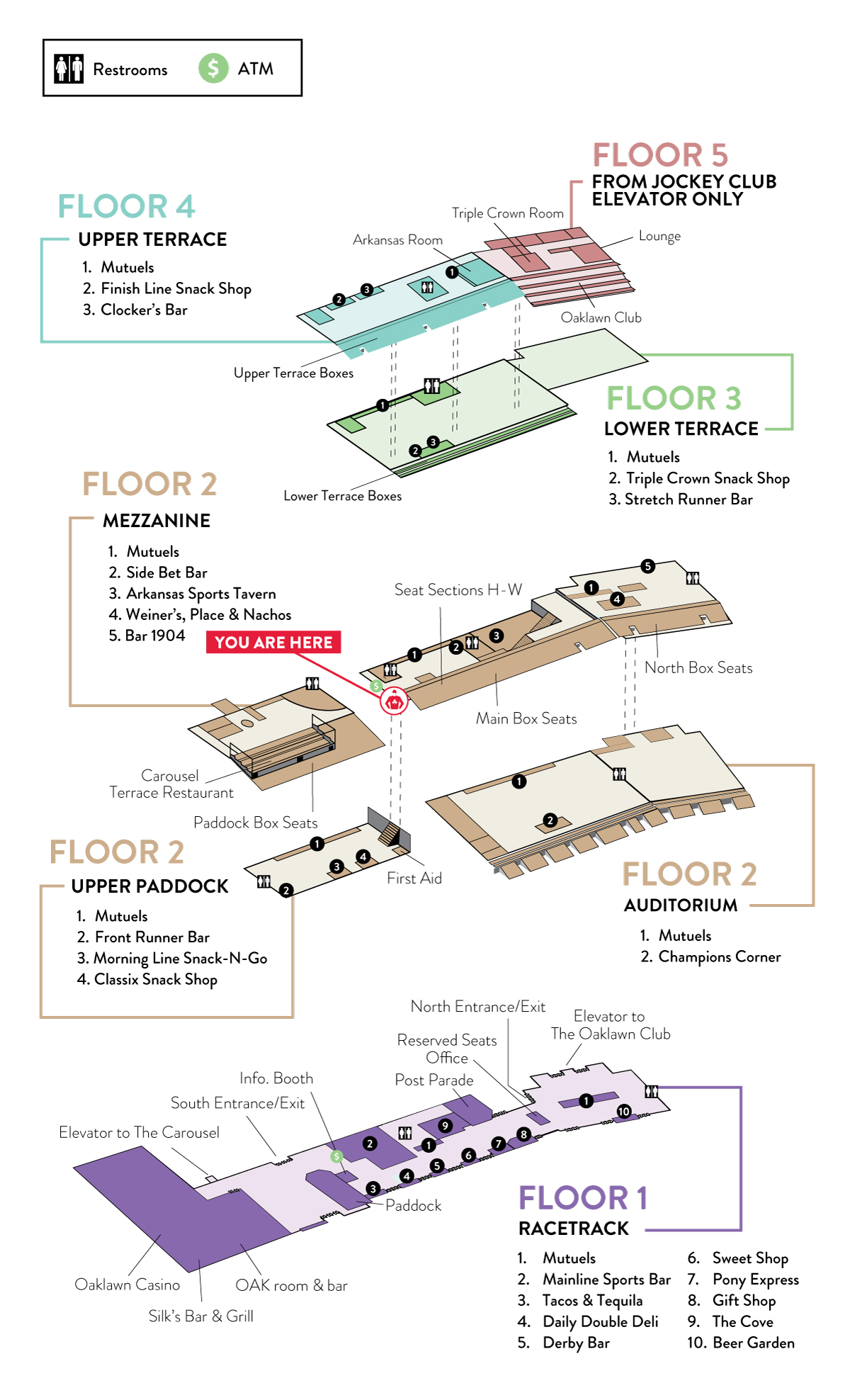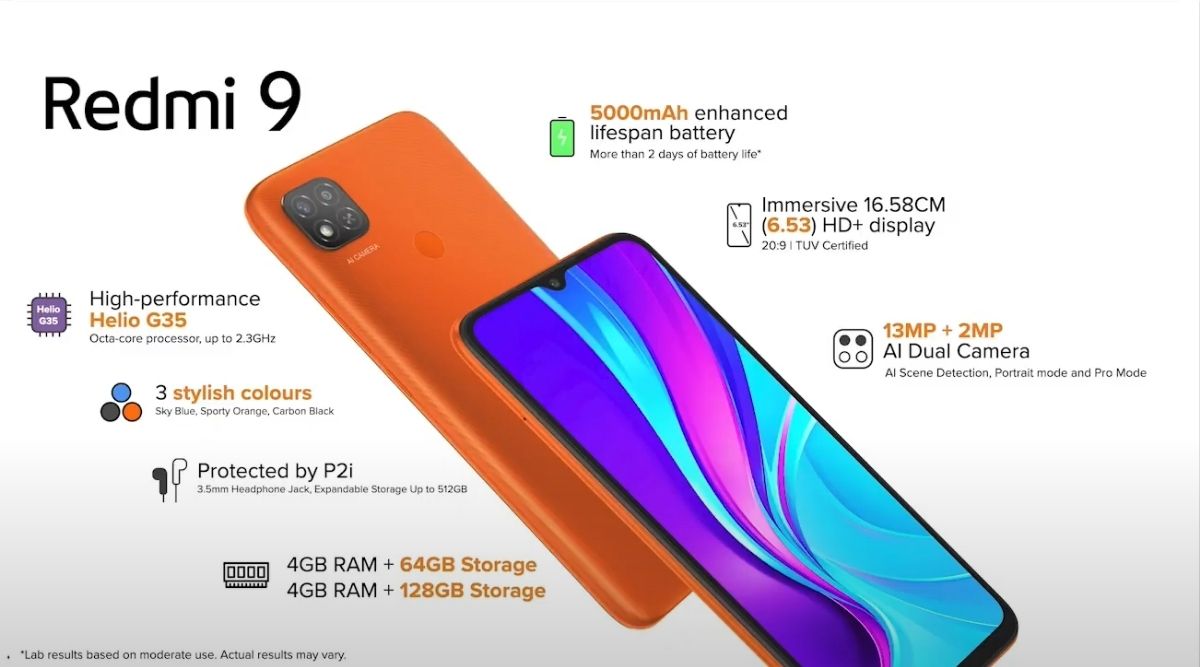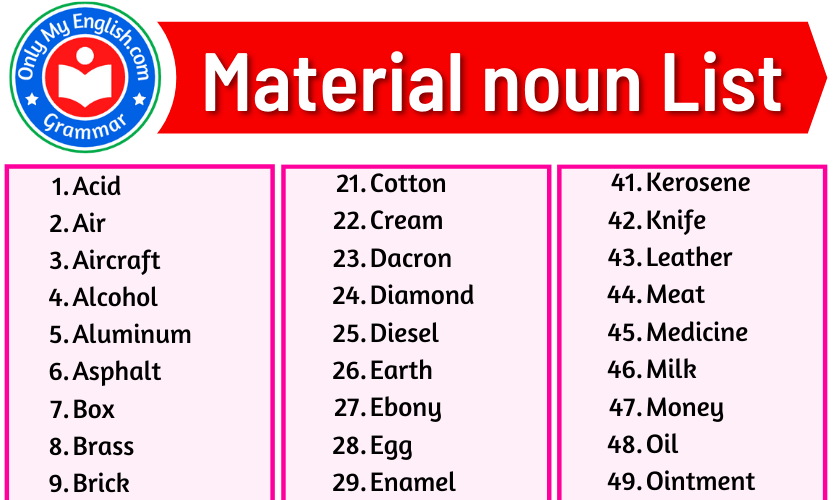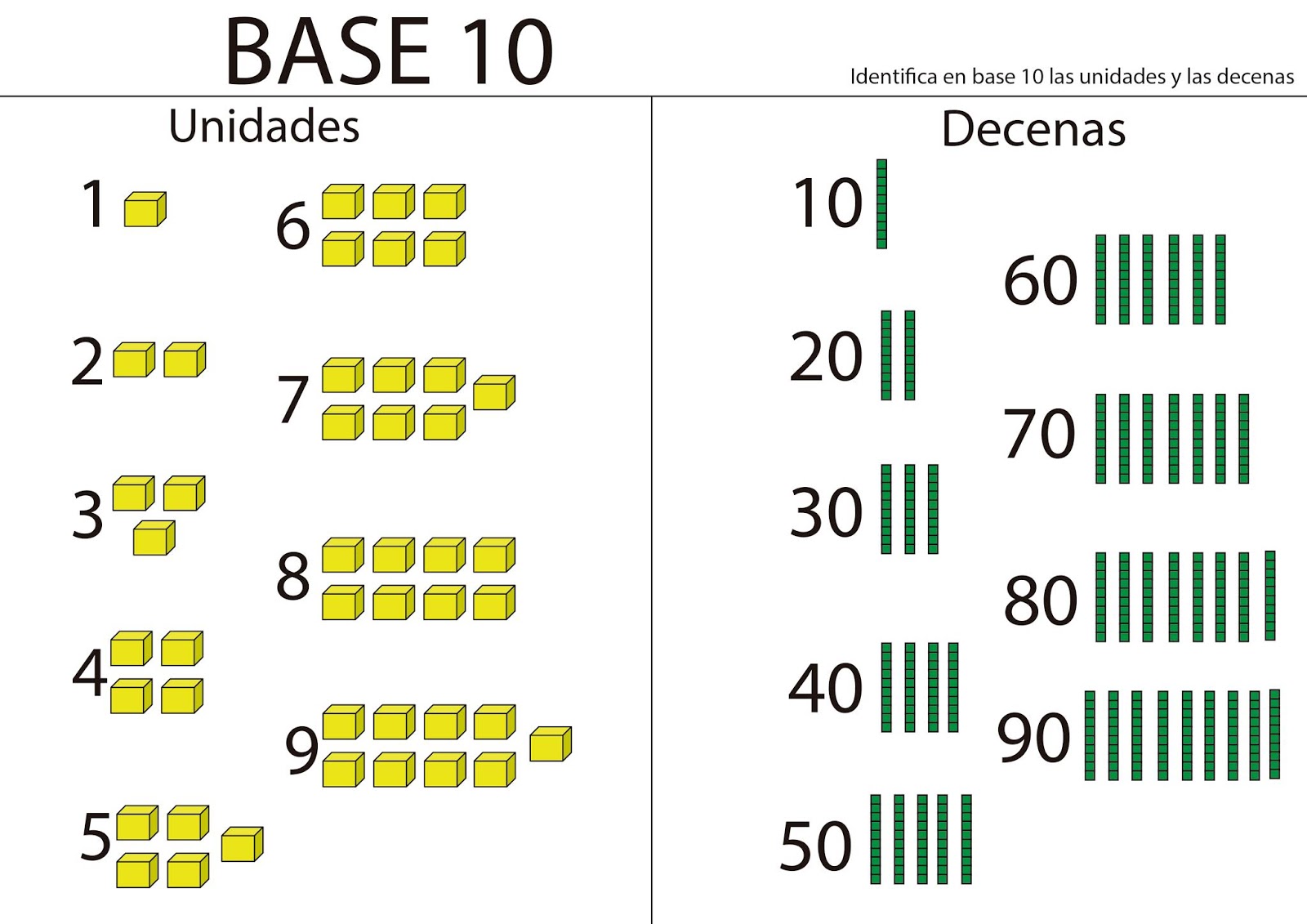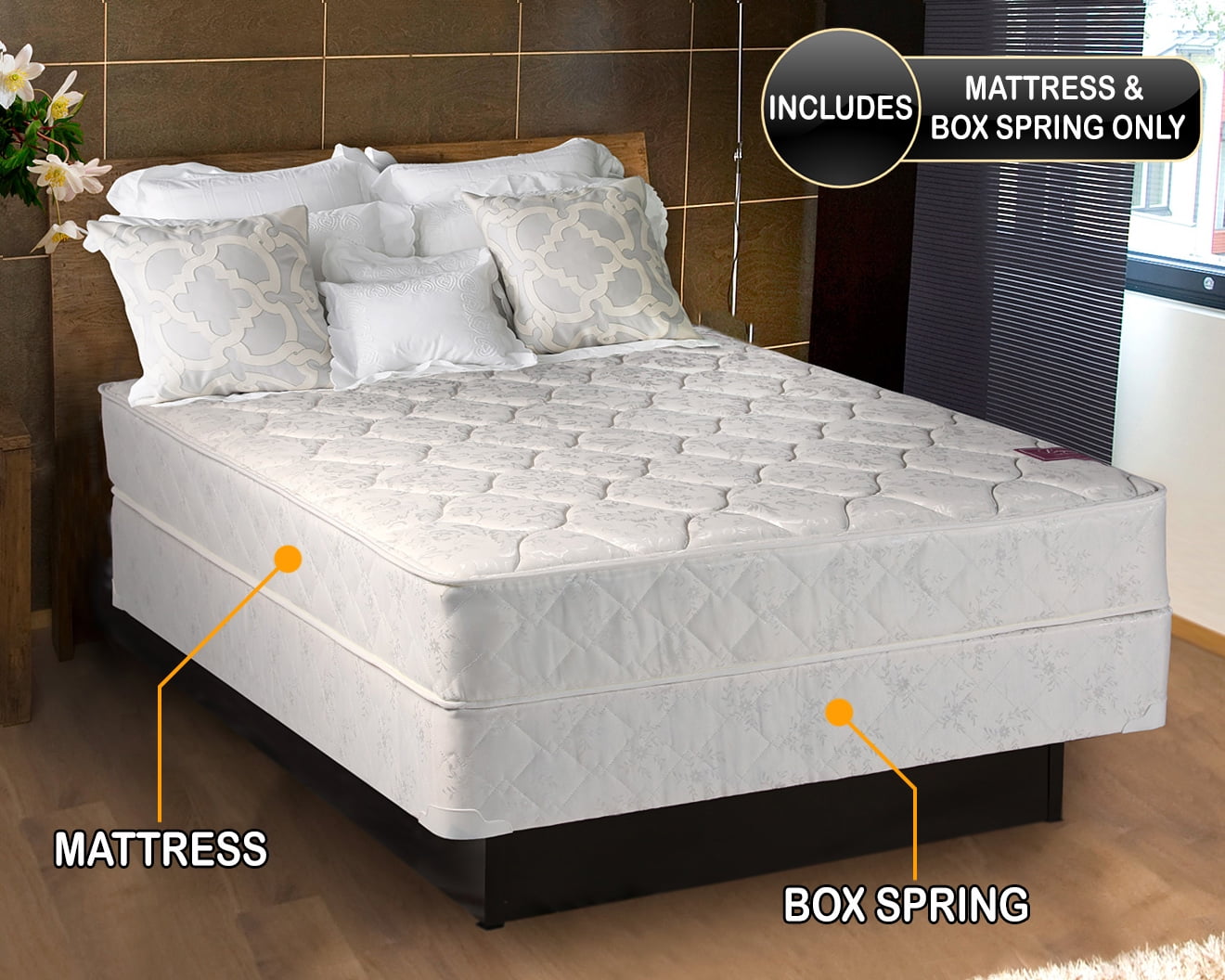One of the main differences between a bar faucet and a kitchen faucet is their size. Bar faucets are typically smaller in size compared to kitchen faucets. This is because bar sinks are usually smaller in size and require a smaller faucet to fit the space. Kitchen faucets, on the other hand, are designed for larger sinks and therefore tend to be bigger in size.1. Size
The design of a bar faucet and a kitchen faucet may also differ. Bar faucets are often more simplistic in design, with a focus on functionality rather than aesthetics. On the other hand, kitchen faucets come in a variety of designs and styles, ranging from traditional to modern, to match the overall design of the kitchen.2. Design
When it comes to functionality, bar faucets and kitchen faucets serve different purposes. Bar faucets are primarily used for smaller tasks such as filling glasses or rinsing out small items. Kitchen faucets, on the other hand, are used for a wider range of tasks including washing dishes, filling pots, and cleaning large items.3. Functionality
The way in which bar faucets and kitchen faucets are mounted also sets them apart. Bar faucets are typically mounted on the sink, while kitchen faucets can be mounted on the sink or on the countertop. This difference in mounting can affect the overall look and functionality of the faucet.4. Mounting
Another notable difference between bar faucets and kitchen faucets is the water flow. Bar faucets usually have a lower water flow rate compared to kitchen faucets. This is because they are designed for smaller sinks and do not require as much water flow as kitchen faucets do for larger sinks.5. Water Flow
The type of handle on a bar faucet and a kitchen faucet can also differ. Bar faucets often have a single handle, making it easier to control the water temperature and flow with one hand. Kitchen faucets, on the other hand, can have a single or double handle, allowing for more precise control over the water temperature and flow.6. Handle Type
As their names suggest, bar faucets and kitchen faucets are used for different purposes. Bar faucets are mainly used in bars or small prep sinks, while kitchen faucets are used in the kitchen for a variety of tasks. This difference in usage also affects the design and features of the faucets.7. Usage
The location of where the faucet will be used is another factor that sets bar faucets and kitchen faucets apart. Bar faucets are typically installed in a bar area or small prep sink, while kitchen faucets are installed in the main kitchen sink. The location can also impact the design and functionality of the faucet.8. Location
Bar faucets and kitchen faucets can vary in price, with bar faucets generally being less expensive compared to kitchen faucets. This is due to the differences in size, design, and functionality between the two types of faucets. However, the price can also depend on the brand, materials, and features of the faucet.9. Price
The material used to make bar faucets and kitchen faucets can also differ. Bar faucets are often made from stainless steel, brass, or chrome, while kitchen faucets can be made from a wider range of materials such as copper, bronze, or nickel. The material used can affect the durability, appearance, and cost of the faucet. In conclusion, while both bar faucets and kitchen faucets serve the purpose of dispensing water, they have distinct differences in terms of size, design, functionality, mounting, water flow, handle type, usage, location, price, and material. When choosing between the two, it is important to consider the specific needs and requirements of your space and choose the faucet that best fits those needs.10. Material
The Key Differences Between Bar Faucets and Kitchen Faucets

Choosing the right faucet for your home can make all the difference in both design and functionality. While many may think that all faucets serve the same purpose, there are actually several different types that are each designed for specific areas of the home. Two commonly confused types are bar faucets and kitchen faucets. While they may look similar, there are some key differences that set them apart.
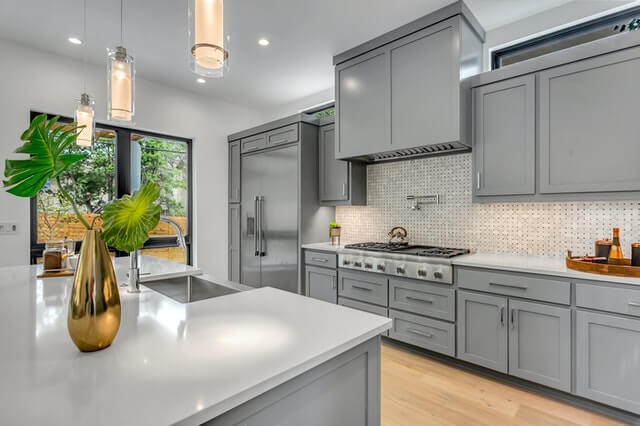
First off, let's define what a bar faucet and a kitchen faucet actually are. A bar faucet is typically smaller in size and is used to fill glasses or small containers. It is most commonly found in a bar or entertainment area, but can also be used in a secondary kitchen sink. On the other hand, a kitchen faucet is larger and is used for tasks such as washing dishes and filling larger pots and pans.
Size and Reach

The most noticeable difference between a bar faucet and a kitchen faucet is their size and reach. As mentioned, a bar faucet is generally smaller in size and has a shorter reach, making it perfect for smaller sinks or areas where a large faucet would be too overwhelming. A kitchen faucet, on the other hand, is larger and has a longer reach to accommodate larger tasks and sinks.
Style and Design
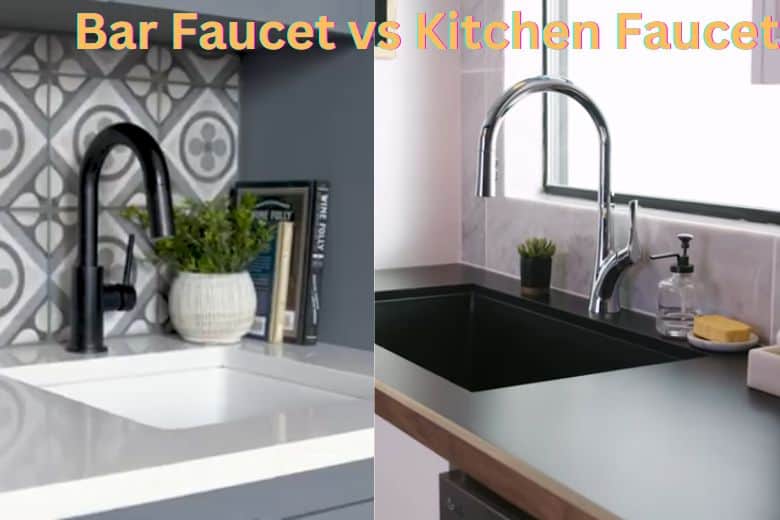
Another key difference between bar faucets and kitchen faucets is their style and design. Bar faucets are typically more simplistic and have a more modern or contemporary look, as they are meant to be a functional addition to a space. On the other hand, kitchen faucets come in a wide range of styles and designs, from traditional to modern, making them a statement piece in the overall design of a kitchen.
Functionality

While both bar faucets and kitchen faucets serve their own unique purposes, they also have different functionalities. Bar faucets are primarily used for filling glasses or small containers, so they typically only have one handle to control the water flow. Kitchen faucets, however, often have multiple handles or a pull-out sprayer for added convenience when completing various kitchen tasks.
In conclusion, while bar faucets and kitchen faucets may look similar at first glance, there are some key differences that set them apart in terms of size, style, and functionality. When choosing the right faucet for your home, consider the specific needs and purpose of the space to ensure you make the best decision for both design and functionality.
